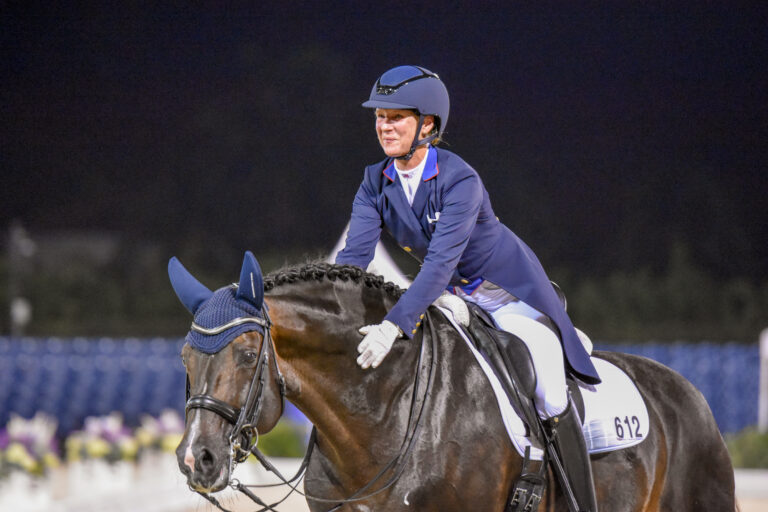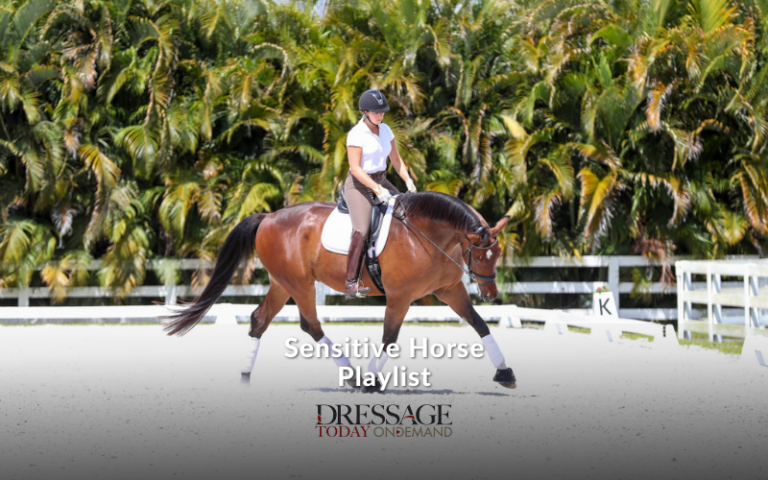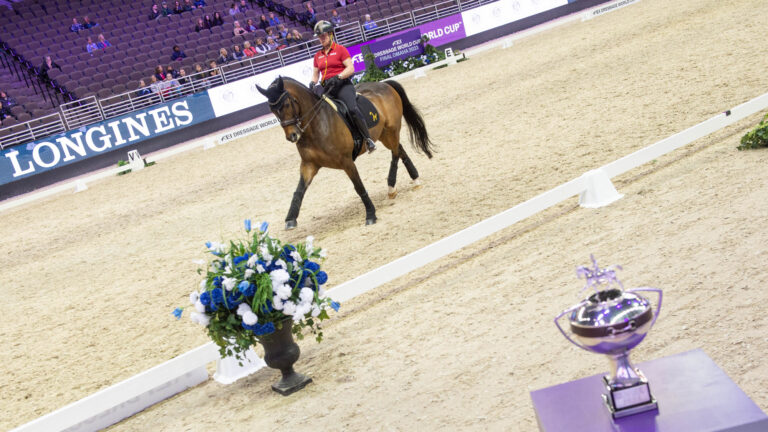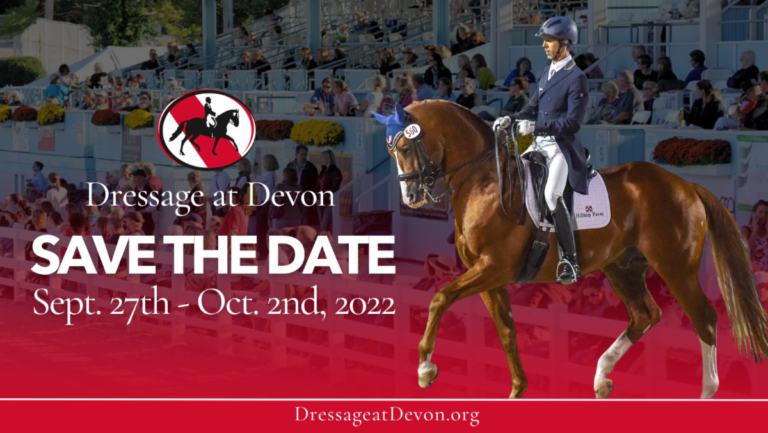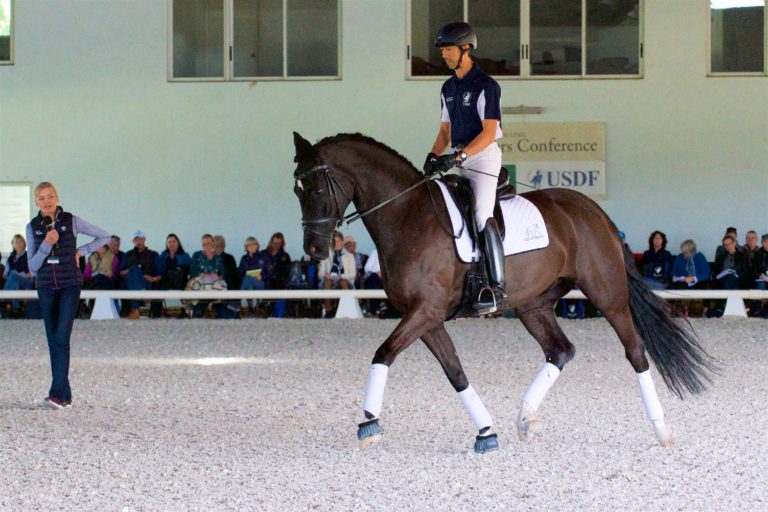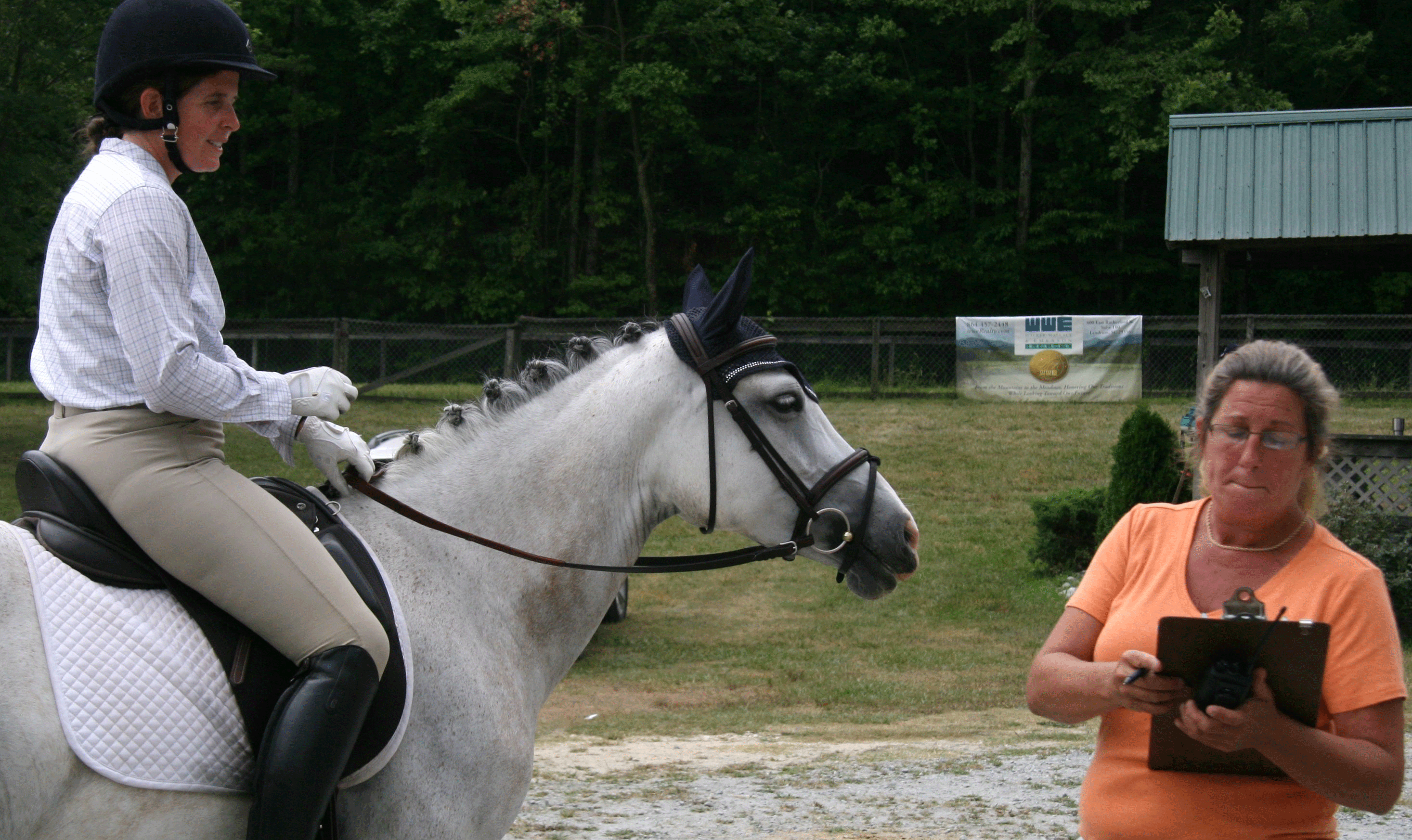
It’s never a good moment when your scribe murmurs “Uh-oh.”
When I heard this between rides at a show last week, I glanced up to see we had a potential pas de deux brewing. At least, that’s what it looked like, one horse at E and one at B, both facing my way as if waiting to start their test. Both riders appeared to be glowering.
My scribe and I had just resolved a hiccup with the computer scribing system (aided by a person from the office much younger than us), but we were now a tad late. Checking the numbers of the two horses against the day sheet, the horse at B was next up in order, while the horse at E was at her ride time but following the horse at B. I directed the E horse back to warmup and started up the ring again.
After the show ended that day, I learned that someone associated with the E horse had yelled sharply at the ring steward for not telling them about the delay. Really, it was no one’s fault, but if the responsibility for getting to the ring in the right order lies with anyone, it’s with the rider, not the ring steward. The ring steward is there for a variety of reasons in addition to being a convenience to the riders. As with many other aspects of dressage showing, getting to the ring promptly involves personal responsibility and not just depending on someone else.
When I started showing (a lot of decades ago), there wasn’t always a ring steward. I quickly learned to memorize the numbers of the two horses ahead of me, then locate them in the warmup. When they left the warmup, I knew exactly how much time I had to go before my ride, never mind whether the ring was running right on time, was late, or was early due to scratches. If there was a ring steward, I could double check, but I didn’t need to rely on him.
Then, when I started out helping with Lendon Gray’s Youth Dressage Festival, I was gratified to learn that she did not allow ring stewards to notify riders that they were due up in the ring. In the show program, she advises riders to do the same thing I always did, to write the numbers of the horses ahead on a scrap of paper and carry it in a pocket. The lessons she’s trying to impart to the kids are for personal responsibility and for resourcefulness.
At shows now, ring stewards have more responsibilities than just crossing off names on a clipboard (re: the USEF Rulebook). They have to do bit/spur checks and have to keep an eye on the warmup, letting the TD know if anything untoward is going on. They have to make sure there is a rider ready to go when the previous rider finishes her test. If there are separate warmup/on-deck areas, or if there are several rings and only one steward, that steward can’t be expected to track every horse milling around in the dust minute by minute.
It’s a good practice, then, to check in with the steward when you get to the warmup area and to check again about 10 or 15 minutes before your ride time. Then, keep an eye out for the horse(s) scheduled ahead of yours. That way, you should be at the right place and at the right time, no matter what unexpected gaps occur in the time schedule.


